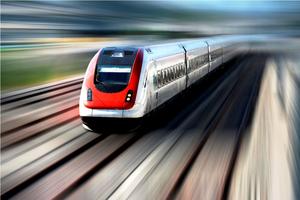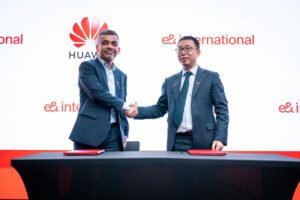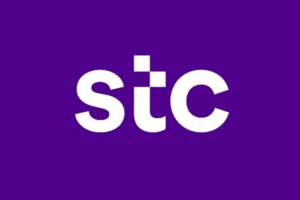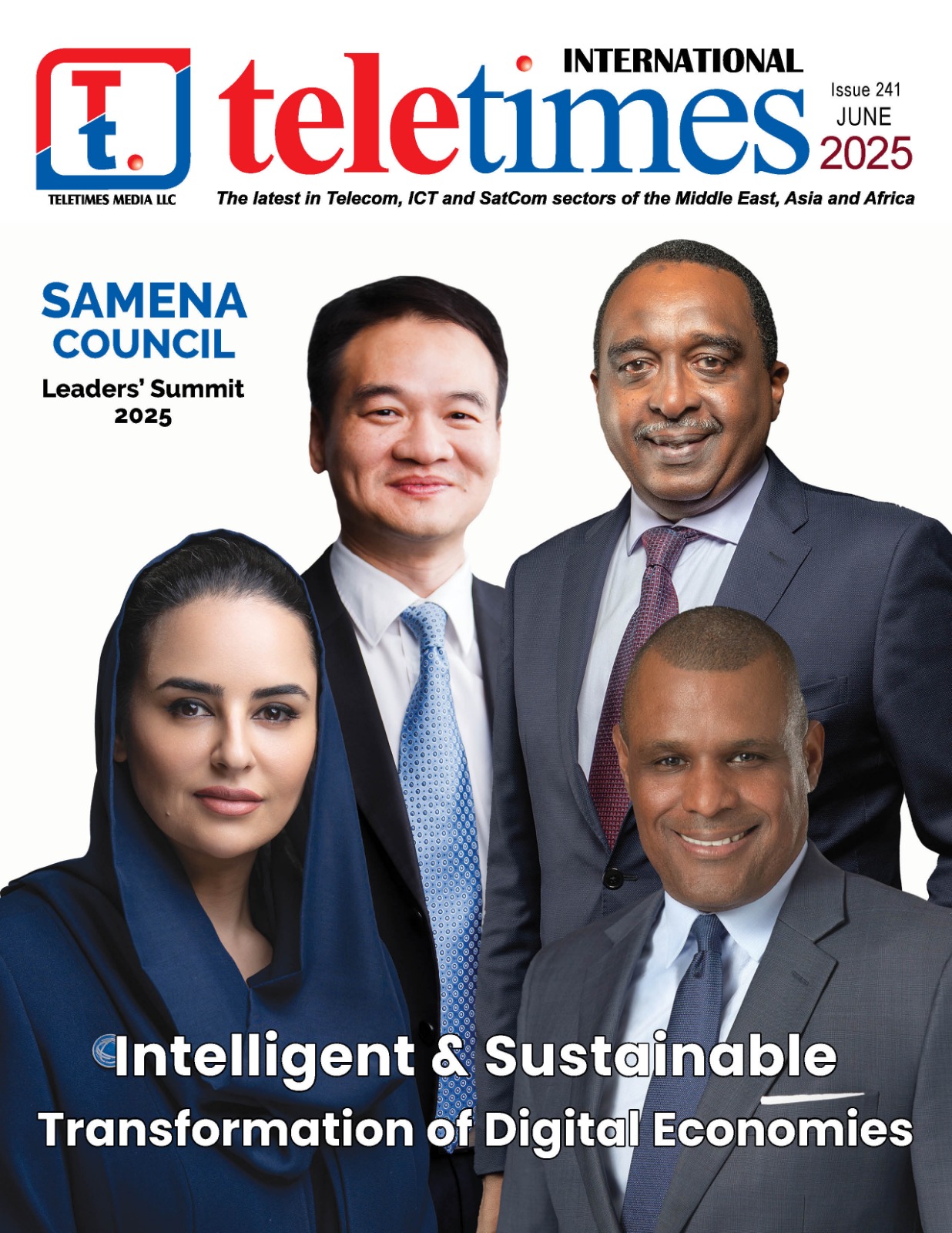Huawei Enterprise, a global leader in providing Information and Communications Technology (ICT) solutions, is set to showcase its GSM- R (Global System for Mobile Communications) technology at the upcoming MENA Rail Project 2011. Huawei currently specialises in GSM-R technology, an innovation that facilitates the modernisation of railway communications. 
As a key participant and speaker at the MENA Rail Project 2011, Huawei Enterprise will focus on highlighting its portfolio of railway solutions to address the need for a more secure and reliable communication systems. From GSM-R, transmissions, unified communications (fixed telephony, Voice over IP and mobile communications) and security solutions like video surveillance, Huawei Enterprise offers railway communication solutions that are critical to the construction and operation of modern railway infrastructure. The MENA Rail Project 2011 runs from Sept 19-21 in Abu Dhabi and is expected to bring together some of the most influential rail developers, stakeholders, and vendors from across the world.
The Middle East and North Africa region is currently the world’s fastest growing markets for rail projects. With an increase for efficient and effective means of transport, the increase in metros, trams and monorail projects will lead to the rail market almost doubling in size over the next decade. While the region is undergoing more than $250 billion of planned investment in the railways sector, the GCC is leading the way with expected rail project spend of around $245bn, according to the MEED Railways Report 2011.
“Investments in the MENA railway network are having a tremendous effect on trade and commerce as it plays an essential role in driving economic growth. Advanced railway infrastructure is instrumental in developing public transport as it forms the backbone of every modern city.
“With projects of this scale, it is essential that the railway infrastructure delivers efficient communication that promotes railway safety operations. Huawei’s GSM-R technology: an international wireless communications standard for railway communications and applications enables the transmission of voice and data communication between rail tracks and on-board systems. It is critical that we continuously improve ‘operating conditions’ so that passengers are offered a more safe and satisfying travelling experience,” said Rabii Ouadi, Head of Business Development, Transportation Solutions at Huawei Enterprise, Middle East and North Africa.
GSM-R technology is vital for improving rail network safety, offering critical communication functions so that train drivers, controllers, civil engineers and crew members that work along the railway line can ultimately, provide passengers an enhanced commuting experience that is secure and reliable. Thanks to a standardized railway solution, Huawei’s GSM-R portfolio allows for railway communications to be interoperable between various railway companies and ensures a highest level of service quality at all times – even at the highest train speeds.
Huawei’s GSM-R solution allows for the transmission of train signals that are controlled and automated using European Train Controlling System (ETCS) technology, so that train operators no longer need to rely on physical train signals on the trackside. GSM-R is the trusted technology for railways used globally and has already been successfully introduced in Europe, Africa, Asia and Australia
“Huawei understands the challenges the Middle East region faces in terms of geographic location, topography and weather condition. We have paid particular attention to climate conditions that countries including the United Arab Emirates, Saudi Arabia and Qatar face, and where humidity levels can reach up to 90 percent. In such situations, the architecture of base stations within GSM-R and core networks are designed in such a way that it prevents the equipment inside from being effected,” added Ouadi.
Huawei’s GSM-R technology is used on some of the fastest trains that run at speeds of up to 350 kmph. It supports and links all rail operations on the network, providing an integrated voice communications system, optimizing train control, signalling, shunting, trackside, as well as improving communications between train crews, controllers and transit officers.
Huawei has a proven history in providing high-end, next generation GSM-R solutions. By the end of 2010, Huawei had deployed more than 8000 kilometres of GSM-R networks worldwide. Projects included railway networks in Southeast China for the Guangdong – Shenzhen – Hong Kong railway line and rolling out the GSM-R service in Australia, among others.
Huawei has gained a leading position in the All-IP convergence age including solutions in railway communications where a number of advanced GSM-R solutions have been successfully deployed in Australia, Germany and China. Committed to providing innovative and customized products, services and solutions, Huawei Enterprise looks to create long-term value and growth potential for its customers.
June 4, 2025











